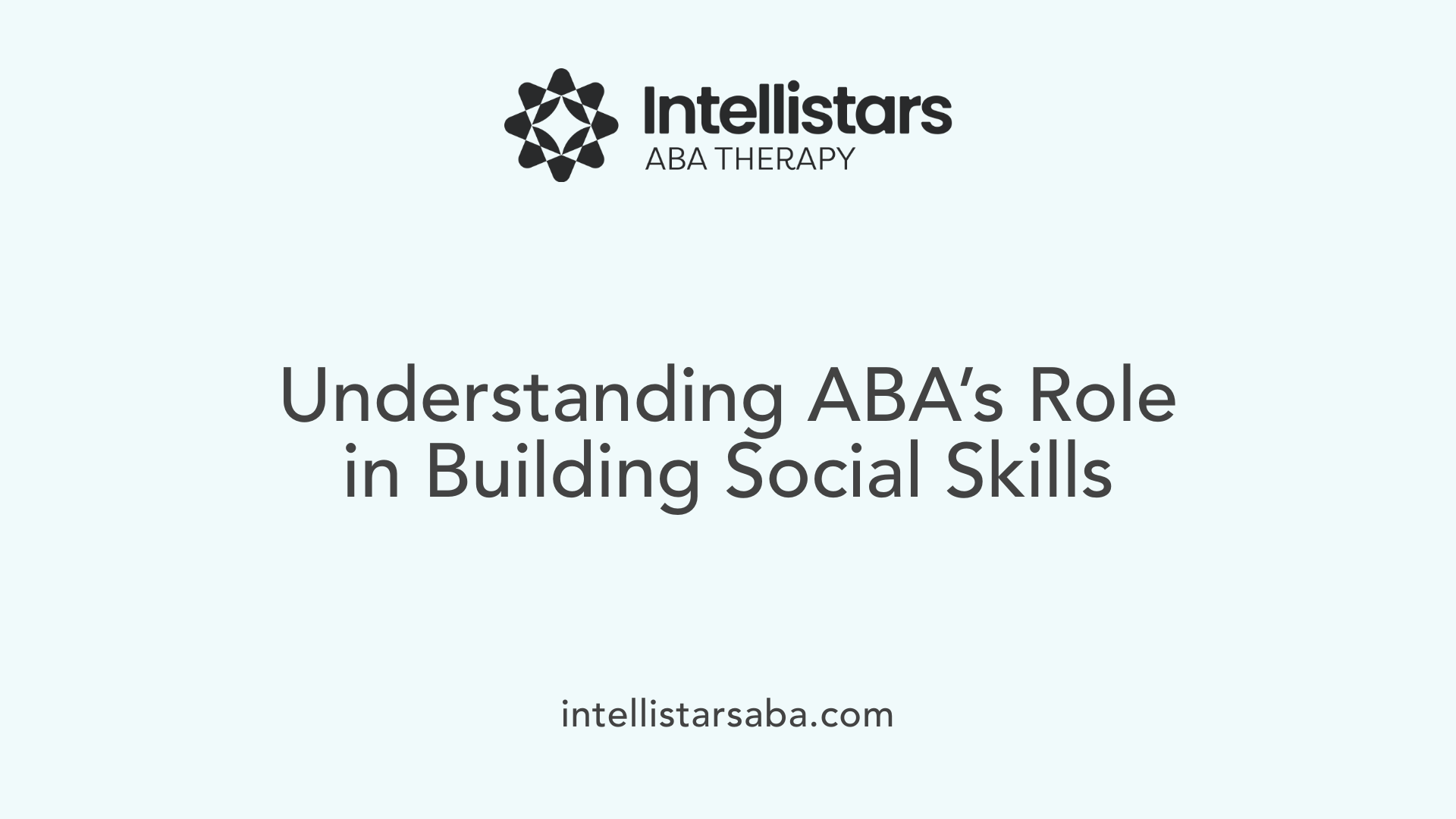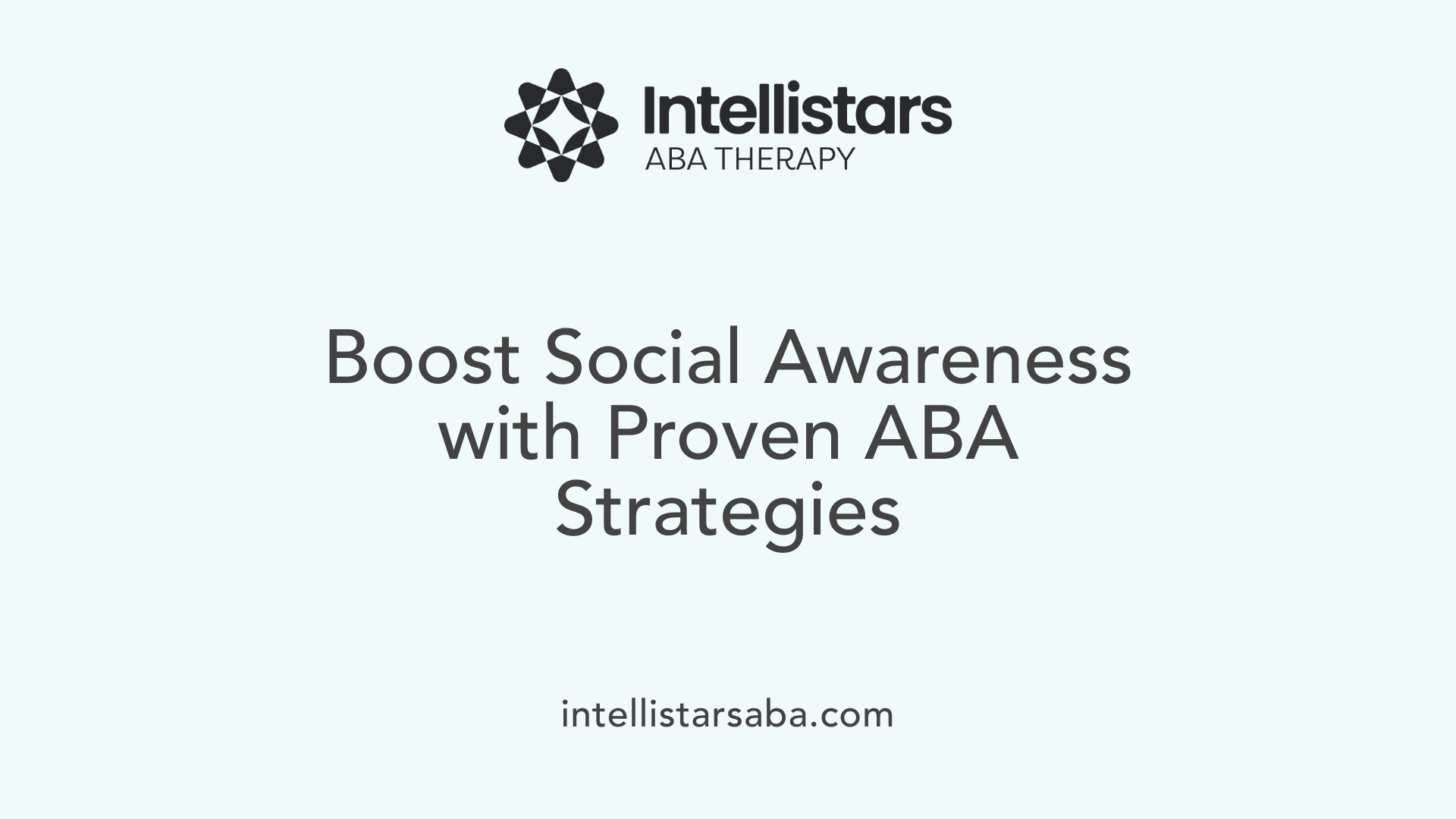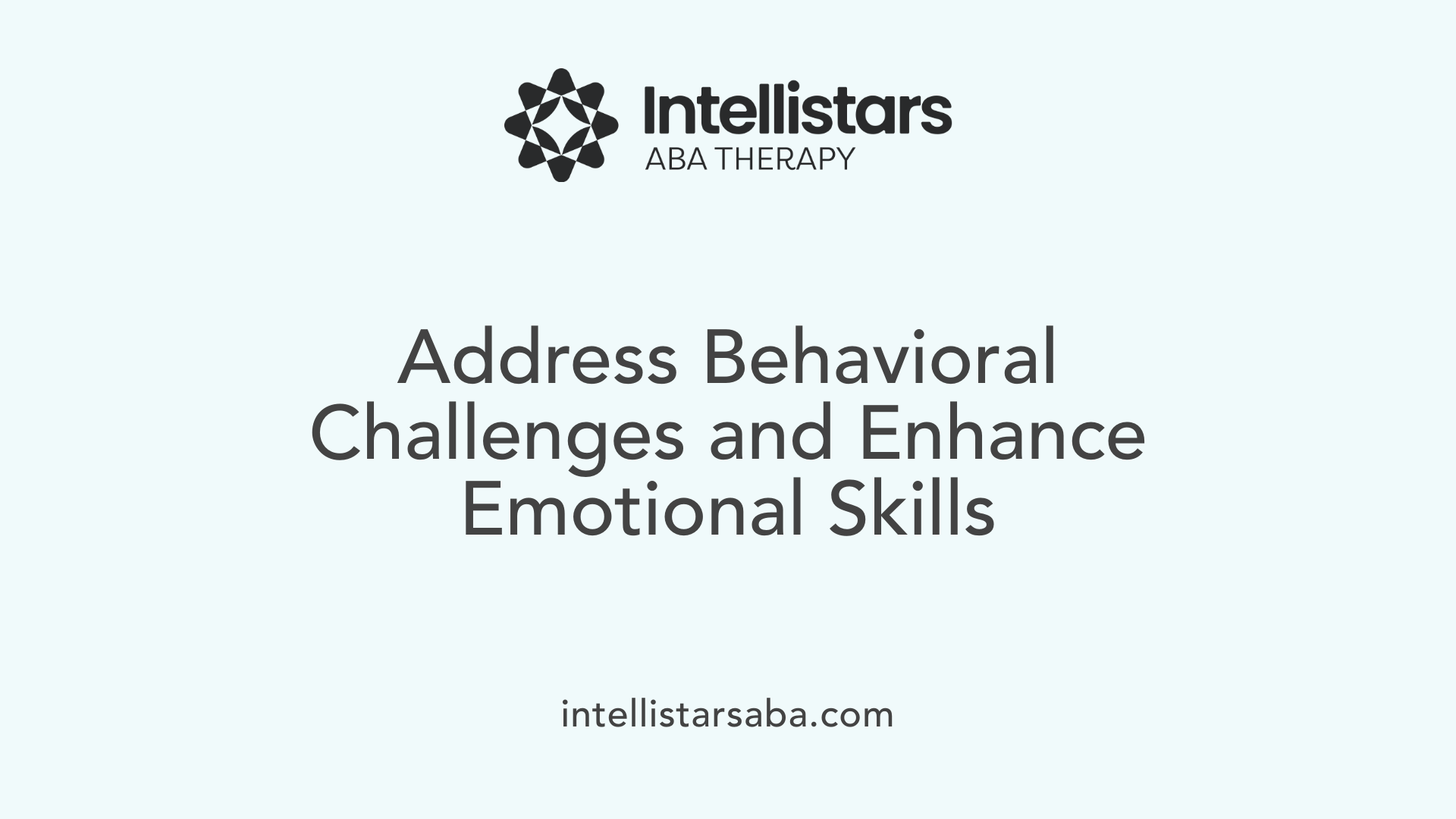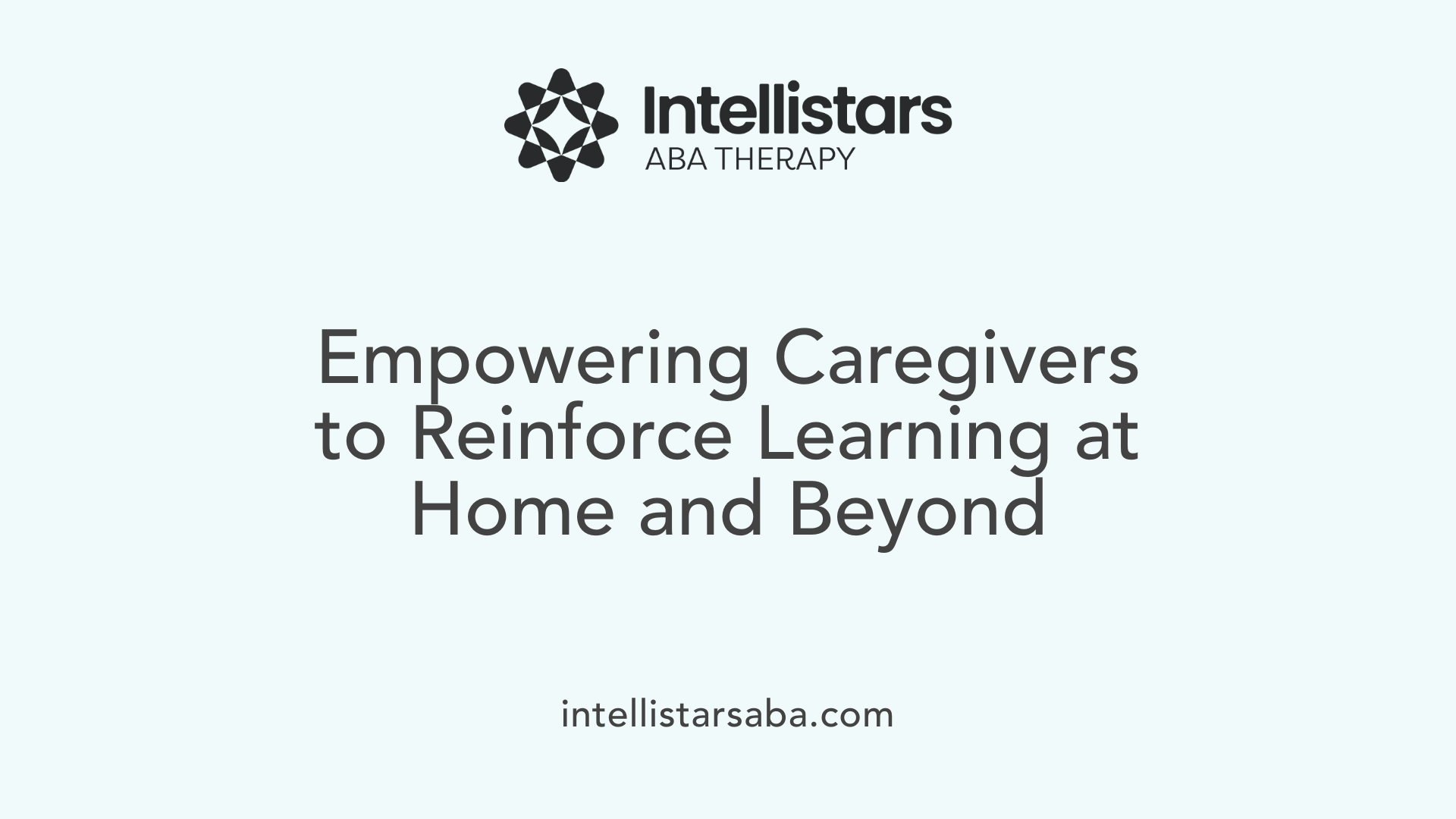Understanding the Impact of Applied Behavior Analysis (ABA)
Applied Behavior Analysis (ABA) is a scientifically validated approach extensively used to support children, particularly those with autism spectrum disorder (ASD), in developing essential social and communication skills. By leveraging evidence-based techniques such as modeling, reinforcement, social stories, and role-playing, ABA therapy creates personalized intervention plans that foster meaningful social interactions, boundary recognition, and self-confidence. This article explores how ABA helps children grasp personal boundaries and boost social awareness, ultimately enhancing their ability to participate actively and comfortably within their communities.
Fundamentals of ABA and Its Role in Social Skills Development
 ABA, or Applied Behavior Analysis, is a research-based approach that focuses on understanding and positively changing behavior. It plays a crucial role in helping children develop social skills necessary for daily life.
ABA, or Applied Behavior Analysis, is a research-based approach that focuses on understanding and positively changing behavior. It plays a crucial role in helping children develop social skills necessary for daily life.
One of the main goals of ABA is to improve communication, both verbal and non-verbal. Techniques such as modeling desired behaviors, using social stories, and positive reinforcement are employed to teach children how to express their needs, initiate conversations, and understand social cues.
ABA also emphasizes building essential social abilities like eye contact, understanding body language, practice in turn-taking, sharing, and recognizing social signals. Through structured activities like role-playing and peer-mediated interventions, children learn how to interact effectively with others.
The approach is highly individualized. Therapists create tailored treatment plans based on comprehensive assessments of each child's specific social skill deficits. They then use evidence-based strategies such as task analysis, prompting, and fading to gradually develop these skills.
In addition to developing social competence, ABA aims to reduce disruptive behaviors by addressing underlying triggers and teaching appropriate responses. This helps children feel more comfortable and confident in social settings.
In practice, ABA employs various techniques, including natural environment training, video modeling, and reinforcement strategies, to promote the application of learned skills in real-world situations.
Overall, ABA offers a structured, proven framework for nurturing social development, increasing independence, and improving the overall quality of life for children with autism.
Techniques and Strategies Employed in ABA to Teach Social Boundaries
ABA therapy utilizes a variety of effective tools and methods to help children understand and respect personal boundaries. One common approach involves the use of social stories, visual aids, and picture cards. These materials visually depict concepts like personal space and appropriate interactions, making abstract ideas easier for children to grasp.
Practical interventions include role-playing, modeling, and reinforcement. Through role-playing, children practice boundary-respecting behaviors in a controlled and safe environment. Modeling provides examples of desired behaviors, which children can imitate, while positive reinforcement encourages continued application of these skills.
To facilitate learning, ABA programs often break down complex social concepts into small, manageable steps. This step-by-step approach helps children build confidence and mastery gradually. Activities are designed to promote understanding of social cues, empathy, and boundaries.
Caregivers and educators play a crucial role in reinforcing these skills. They are trained to integrate boundary-related teachings into daily routines, providing consistent reinforcement and support. This ensures that children can generalize their new skills across different settings and situations.
In summary, ABA combines visual supports, practical practice, and caregiver involvement to effectively teach children about personal space and social boundaries, fostering healthier social interactions and respect for others.
Enhancing Social Awareness Through ABA’s Evidence-Based Techniques

How do ABA principles impact social awareness in children?
ABA (Applied Behavior Analysis) principles play a vital role in boosting social awareness among children, especially those with autism. By focusing on teaching social cues, norms, and appropriate responses, ABA creates structured and positive learning environments. Techniques such as positive reinforcement motivate children to imitate desirable social behaviors like making eye contact, initiating conversations, and understanding body language.
A core aspect of ABA involves analyzing antecedents (triggers), behaviors, and consequences to shape social interactions. This analysis helps modify an environment to support and encourage socially appropriate responses. For example, if a child understands that sharing or taking turns leads to positive outcomes, they are more likely to engage in those behaviors.
Interventions are tailored to each child’s unique needs, ensuring that social skill development occurs in natural, real-world settings. This individualization helps children apply learned skills outside the therapy context, fostering genuine social understanding.
By systematically teaching these skills, ABA enhances children's ability to interpret social cues, respond appropriately, and develop meaningful relationships. As a result, children experience increased confidence, improved communication, and overall better social awareness, which are essential for successful interactions within their communities.
Addressing Behavioral Challenges and Promoting Emotional Regulation

How does ABA therapy contribute to developing personal boundaries and social awareness?
ABA therapy plays a vital role in helping individuals with autism develop awareness of personal boundaries and social cues. Through personalized, structured interventions, it teaches children to recognize and respect unspoken social rules and boundaries.
One of the main strategies used is modeling desired behaviors, where therapists demonstrate appropriate social responses for children to imitate. Role-playing activities allow children to practice making eye contact, taking turns, and understanding personal space in safe, controlled settings.
Social stories and visual supports are also employed to explain social expectations and boundaries in different situations. These tools make abstract social norms more concrete and understandable.
Positive reinforcement further encourages children to adopt and maintain appropriate behaviors. Repeated rehearsal, feedback, and reinforcement help these skills generalize across various environments, such as home, school, and community settings.
Involving children in goal-setting tailored to their interests enhances motivation and autonomy, fostering a sense of control over their social interactions. Ultimately, ABA’s individualized, evidence-based approach promotes greater social awareness, personal boundaries, and more confident, respectful social engagement.
Long-Term Benefits of ABA in Social and Personal Development
 ABA therapy offers significant advantages for children’s social and personal growth over time. One of the most notable benefits is increased confidence in social situations. As children learn and practice communication, turn-taking, and understanding social cues, they become more comfortable engaging with peers and adults.
ABA therapy offers significant advantages for children’s social and personal growth over time. One of the most notable benefits is increased confidence in social situations. As children learn and practice communication, turn-taking, and understanding social cues, they become more comfortable engaging with peers and adults.
This therapy also helps develop stronger friendship skills. Children are taught how to initiate conversations, share, and recognize their friends’ feelings, which fosters meaningful relationships. Additionally, reductions in social anxiety make social interactions less intimidating, encouraging children to participate more actively in group activities and school settings.
Beyond social competence, ABA supports improvements in academic engagement and independence. As social skills enhance, children tend to be more motivated and capable of tackling daily tasks and schoolwork with less support. These skills set the stage for lifelong personal development.
Overall, ABA’s structured, data-driven approach ensures that these positive behavioral changes are long-lasting. The therapy promotes skills accumulation that not only benefits immediate social interactions but also provides a foundation for future success in personal, academic, and community life.
The Role of Caregivers and Natural Environment in Reinforcing Skills
 Training caregivers to implement ABA strategies at home and in the community plays a vital role in the child's development. When caregivers understand and apply techniques like positive reinforcement, prompting, and shaping, they can help solidify new skills in everyday settings. This consistency is essential for generalizing learned behaviors beyond therapy sessions.
Training caregivers to implement ABA strategies at home and in the community plays a vital role in the child's development. When caregivers understand and apply techniques like positive reinforcement, prompting, and shaping, they can help solidify new skills in everyday settings. This consistency is essential for generalizing learned behaviors beyond therapy sessions.
Using natural environment training (NET) is an effective method for reinforcing skills. It involves teaching children in real-life situations, such as during mealtime, play, or community outings. This approach helps children apply their skills in familiar contexts, enhancing their understanding and independence.
Collaboration among professionals, educators, and families is crucial to ensure a cohesive approach. Consistent routines and shared strategies reduce confusion and anxiety, while supporting skill development. Regular communication and joint goal-setting create a supportive environment that promotes the child's social, communication, and behavioral growth.
Understanding the importance of these aspects helps maximize the benefits of ABA therapy, making skills more applicable and meaningful. It also encourages a supportive network that fosters confidence, social awareness, and personal boundaries, essential for success in social interactions and everyday life.
Fostering Lasting Social Skills and Boundaries
The systematic and evidence-based techniques employed by ABA therapy play a vital role in helping children understand and respect personal boundaries while enhancing their social awareness. Through personalized interventions, modeling, role-playing, social stories, and reinforcement strategies, ABA not only improves immediate social behaviors but also ensures these skills are maintained and generalized across different environments. With active involvement from caregivers and a focus on natural settings, ABA fosters independence, confidence, and meaningful social connections. As a result, children are better equipped to navigate social situations, establish healthy boundaries, and lead more fulfilling, socially integrated lives, underscoring the profound importance of ABA in early and ongoing developmental support.
References
- ABA Therapy: Building a Strong Foundation for Growth
- ABA Therapy for Enhancing Social Skills in Children
- How ABA Therapy Helps Improve Social Skills in Children
- Understanding ABA Therapy: A Guide to its Benefits and ...
- Applied Behavior Analysis (ABA)
- The effectiveness of applied behavior analysis program ...
- Boosting Social Skills and Communication Through ABA ...
- The effectiveness of applied behavior analysis program ...






